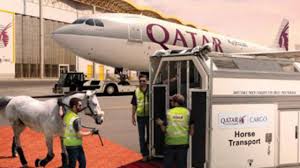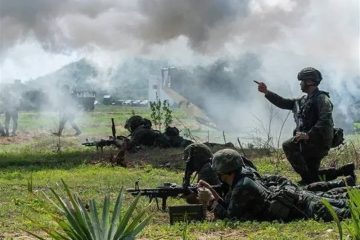Qatar: A Hub of Growth and Development

Introduction
As a small but strategically significant nation in the Middle East, Qatar has emerged as a vibrant hub of growth and development over recent years. With its vast reserves of natural gas and oil, the country has leveraged its wealth to create a powerful economy and invest heavily in infrastructure and human capital. The relevance of Qatar’s development is heightened by its ongoing efforts to diversify its economy away from hydrocarbons and position itself as a key player on the global stage.
Economic Growth and Diversification
Qatar’s economy has witnessed impressive growth rates, with the International Monetary Fund (IMF) projecting a growth rate of 4.4% for 2023. This growth is largely attributed to the world’s third-largest reserves of natural gas, which have positioned Qatar as a leading exporter of liquefied natural gas (LNG). The nation has invested significantly in natural gas projects, including the expansion of the North Field, which is expected to increase its production capacity significantly by 2024.
However, Qatar is not resting on its oil and gas successes. The government has initiated an ambitious economic diversification plan under the Qatar National Vision 2030. This vision aims to reduce the country’s dependency on oil and gas by developing sectors such as tourism, finance, education, and healthcare. Notably, Qatar has seen an influx of global events, including hosting the FIFA World Cup 2022, which has brought international attention and investment.
Infrastructure Developments
To support its vision for the future, Qatar has been heavily investing in infrastructure. Major projects include the Doha Metro system, a state-of-the-art transportation network designed to facilitate movement across the capital and beyond. Additionally, the Hamad International Airport has recently expanded, increasing its capacity and enhancing its services as a key gateway to the region.
Furthermore, Qatar is developing several key venues for tourism and entertainment, including cultural institutions such as the National Museum of Qatar and the Museum of Islamic Art. These efforts are geared towards attracting a global audience and positioning the country as a cultural destination.
Conclusion
Qatar’s strategic investments in infrastructure and economic diversification underscore its importance as a regional powerhouse. The nation is moving forward with plans to navigate the global landscape adeptly while continuing to embrace sustainable development practices. As Qatar emerges as a key player in the global economy, its endeavors serve not only to benefit its citizens but also to enhance its standing as a pivotal connector between the East and West.









